Nature’s resilience is on full display in some of the planet’s harshest environments. From scorching deserts to icy tundras and the deepest oceans, many incredible wild animals have adapted to survive where most life struggles to exist. These remarkable species have evolved unique traits — thick fur, special circulatory systems, or heat-resistant bodies — to flourish against brutal conditions. In this article, let’s discover ten wild animals that don’t just survive but truly thrive in the world’s most extreme climates.
1. Polar Bear (Ursus maritimus)
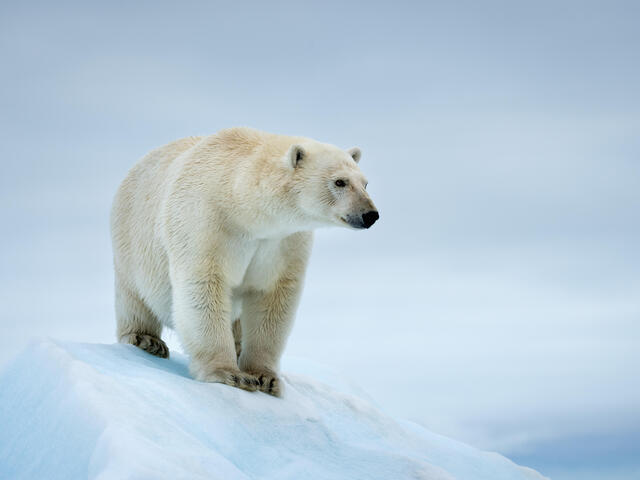
Living in the frigid Arctic, the polar bear is the largest land carnivore and one of the ultimate survivors of sub-zero temperatures. Its dense fur and thick layer of blubber insulate it from icy waters and brutal winds. Polar bears roam vast frozen landscapes in search of seals, their primary prey, which they hunt from the edges of sea ice. These apex predators are excellent swimmers, sometimes covering over 60 miles in a single stretch. Despite climate challenges, they remain perfectly adapted to life on the Arctic ice.
2. Fennec Fox (Vulpes zerda)

The adorable Fennec Fox thrives in the scorching sands of the Sahara Desert. Its oversized ears, which can measure up to 6 inches, not only enhance hearing but also help dissipate body heat. A thick, pale coat reflects sunlight by day and conserves warmth during cold desert nights. Fennec foxes are nocturnal, emerging after sunset to hunt insects, rodents, and plants. Their ability to survive without free-standing water — extracting moisture from food — makes them one of the desert’s most successful small predators.
3. Emperor Penguin (Aptenodytes forsteri)

No bird endures harsher conditions than the Emperor Penguin. Native to Antarctica, they face temperatures as low as -60°C (-76°F) and fierce blizzards. Their densely packed feathers, waterproof outer coat, and a thick layer of fat shield them from the cold. During the Antarctic winter, males fast for over two months while incubating eggs on their feet, huddling together in massive colonies to conserve warmth. Their resilience and strong social bonds make Emperor Penguins true champions of survival in extreme cold.
4. Camel (Camelus)

Often called the “ships of the desert,” camels are perfectly built for life in some of the world’s hottest, driest climates. Their humps store fat — not water — which they metabolize for energy. Camels can go for weeks without drinking and lose up to 25% of their body weight in water before showing signs of dehydration. Their thick eyelashes, closable nostrils, and leathery mouth lining protect against blowing sand and allow them to eat thorny desert plants. Whether in the Sahara or Arabian deserts, camels remain vital to human survival in arid landscapes.
5. Snow Leopard (Panthera uncia)

Roaming the remote, rugged mountains of Central and South Asia, the snow leopard is a master of cold, high-altitude environments. Its thick, smoky-gray fur with black rosettes provides camouflage against rocky, snow-covered slopes. Snow leopards have powerful legs for leaping across steep ravines and a long, bushy tail that aids in balance and warmth. Despite sub-zero temperatures and scarce prey, these elusive cats thrive at altitudes of up to 5,500 meters (18,000 feet), hunting mountain goats and sheep.
6. Saiga Antelope (Saiga tatarica)
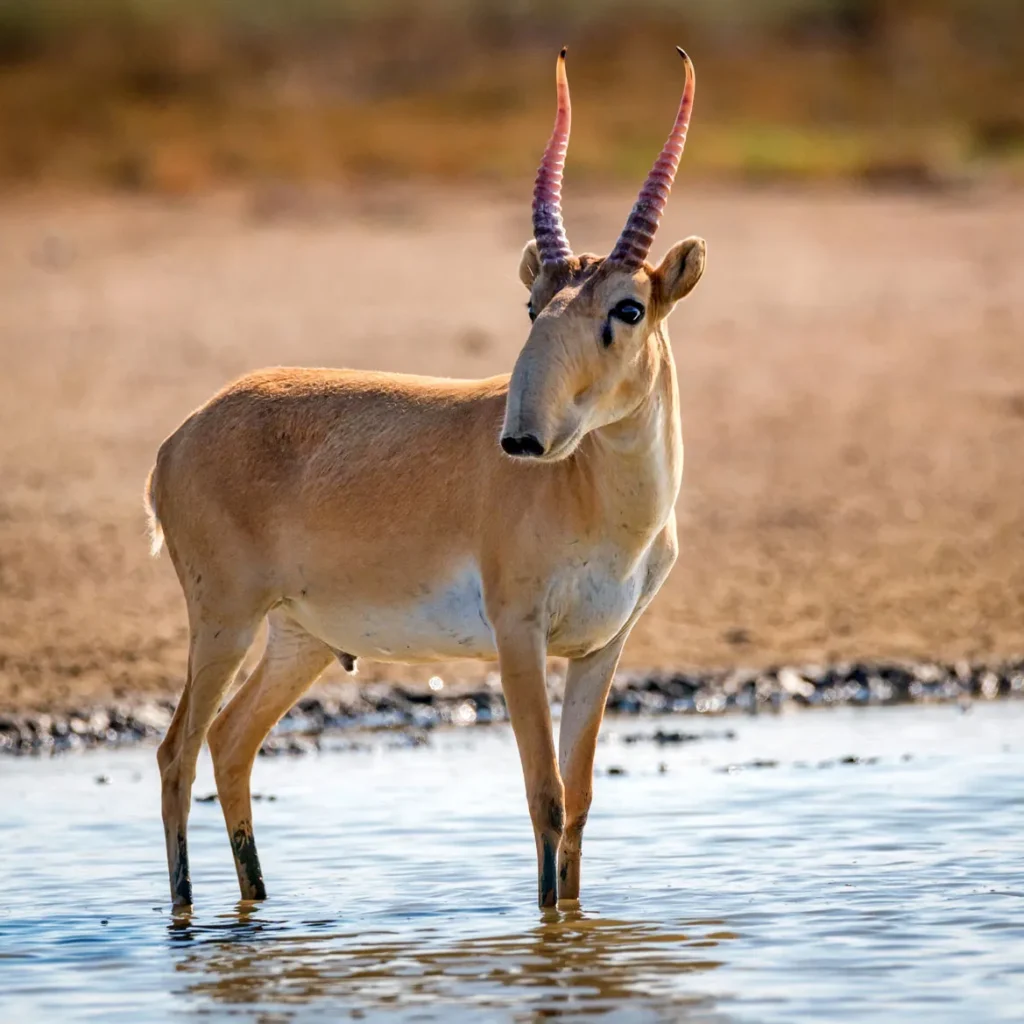
One of the world’s strangest-looking antelopes, the Saiga, survives in the harsh, windswept steppes and deserts of Central Asia. Its distinctive, bulbous nose acts as a natural filter, warming frigid winter air and screening out dust during dry summers. These nomadic herbivores migrate seasonally in large herds, traveling vast distances across treeless plains. Capable of enduring temperature extremes from -40°C to 40°C, the Saiga’s resilience has helped it survive some of Earth’s most brutal and unpredictable climates.
7. Kangaroo Rat (Dipodomys)

In the blistering deserts of North America, the tiny Kangaroo Rat thrives where few animals dare live. Named for its powerful hind legs and hopping gait, it can leap over 9 feet (2.7 meters) to escape predators. Remarkably, Kangaroo Rats never need to drink water, extracting all necessary moisture from seeds and plants. Their efficient kidneys conserve water by producing highly concentrated urine. Nocturnal by nature, these rodents burrow deep into sand to avoid daytime heat and preserve precious body moisture.
8. Musk Ox (Ovibos moschatus)
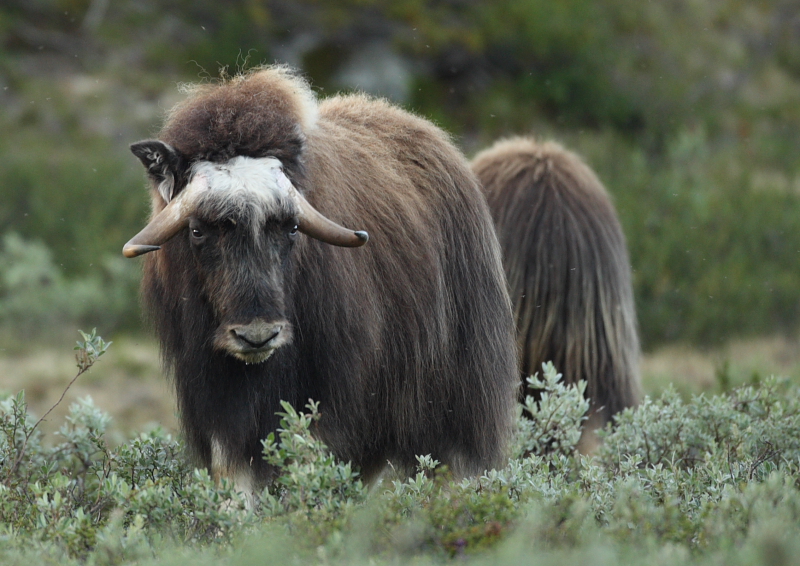
Living in the icy tundras of the Arctic, the Musk Ox is built to withstand some of the coldest temperatures on Earth. Their shaggy outer coat, known as “qiviut,” is one of the warmest natural fibers in the world. Beneath it lies a dense undercoat that keeps body heat trapped during brutal winters. Musk oxen move in tight herds, forming defensive circles against predators like wolves. Their stocky build, strong hooves, and insulating fur make them well-suited for life in frozen, wind-whipped landscapes.
9. Namib Desert Beetle (Stenocara gracilipes)
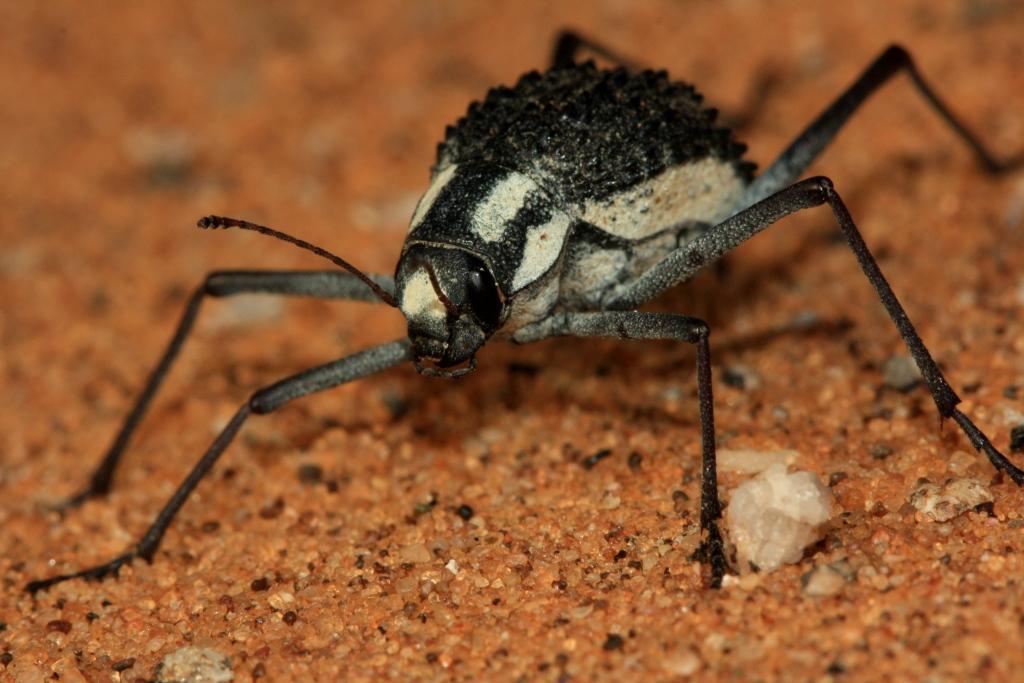
This small but ingenious beetle thrives in one of the driest places on Earth — the Namib Desert of southern Africa. It has developed a unique method to capture water from fog that drifts in from the Atlantic Ocean. By positioning itself on a dune and lifting its body to the wind, moisture collects on tiny bumps on its back, rolling down into its mouth. This simple yet brilliant adaptation allows the Namib Beetle to survive in a land where rainfall is less than 1 inch (25 mm) per year.
10. Arctic Wolf (Canis lupus arctos)
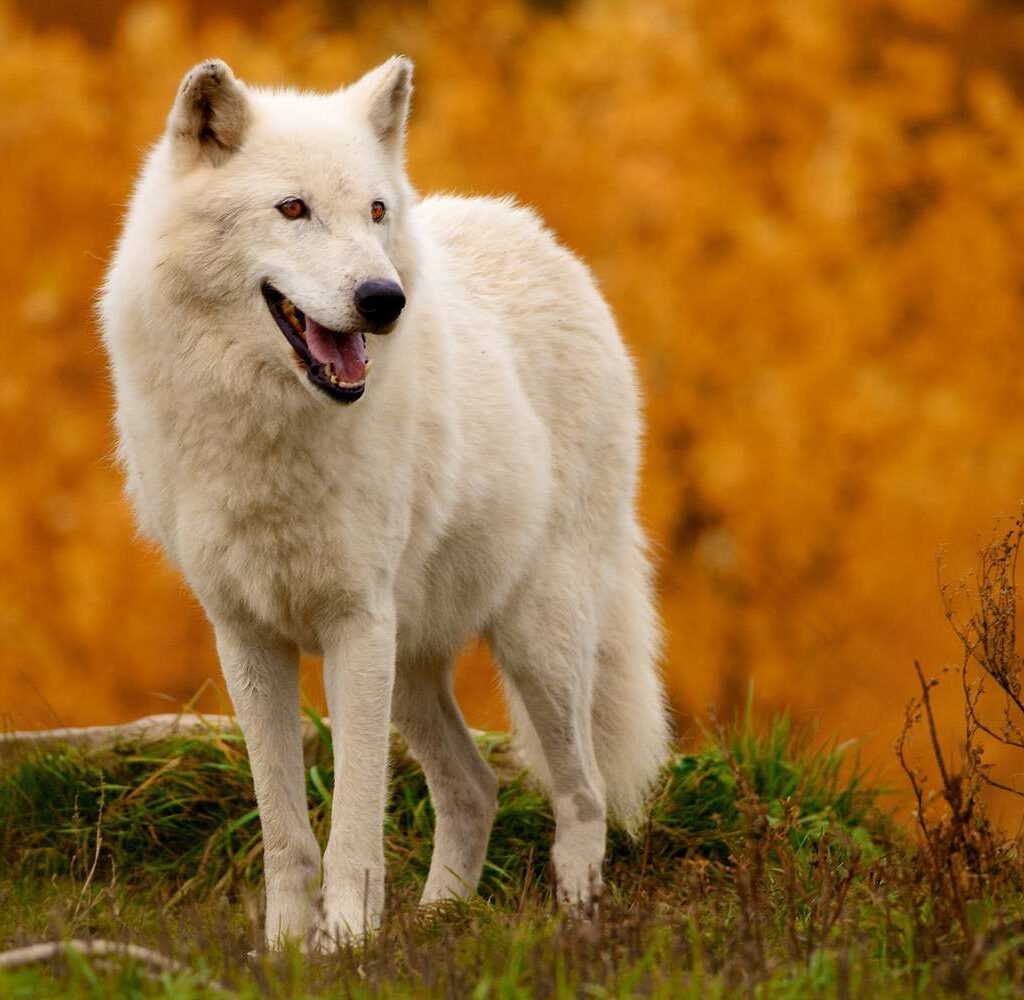
A subspecies of the gray wolf, the Arctic Wolf inhabits the remote and frozen reaches of northern Canada, Greenland, and Alaska. Unlike its southern relatives, it has a shorter, stockier build and a thick, white coat that blends perfectly with snow and ice. Arctic Wolves hunt in packs, taking down musk oxen, caribou, and Arctic hares. Their strong social structure, keen senses, and ability to endure temperatures as low as -50°C (-58°F) ensure their survival in one of Earth’s most inhospitable habitats.
Conclusion
These ten wild animals remind us of nature’s incredible capacity for adaptation. Whether it’s the sweltering heat of a desert, the unforgiving chill of an Arctic winter, or the wind-blasted mountains of Central Asia, life always finds a way. From the clever Namib Desert Beetle to the noble Polar Bear, these survivors teach us that even in the harshest environments, beauty and resilience endure.

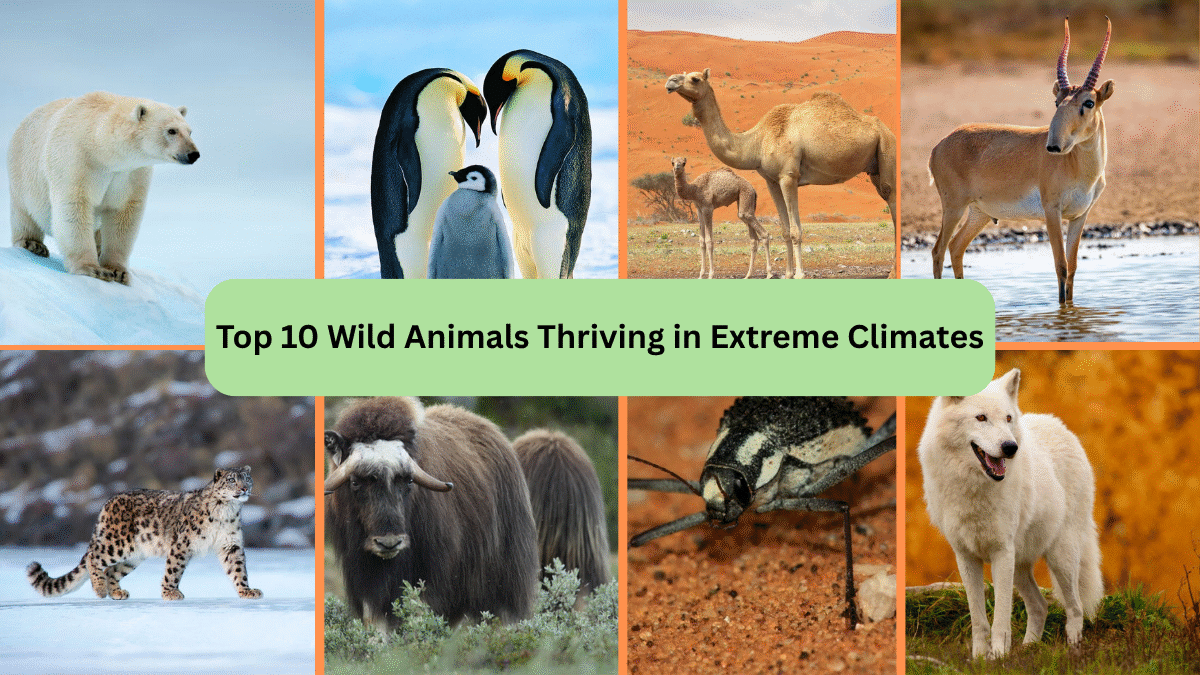



Leave A Comment